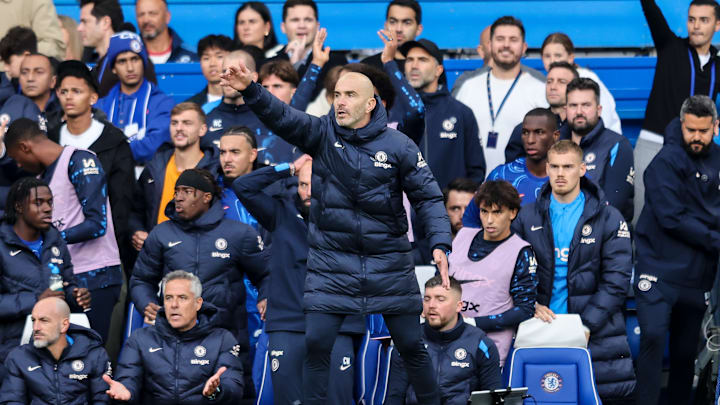Chelsea’s Second-Half Adjustments
Chelsea continued to implement Maresca’s approach in the second half, with Neto marking Tonali more consistently as Newcastle built play down the left. This adjustment helped reduce Newcastle's ability to break Chelsea’s press. As Alexander Isak began to drop between the lines to collect possession, Chelsea’s +1 advantage at the back enabled Wesley Fofana to step forward without compromising the backline.
In a well-coordinated pressing sequence in the 69th minute, Chelsea’s press forced Newcastle to play long. Mudryk, now in the left-wing position, marked Sean Longstaff, blocking Newcastle’s central options and maintaining Chelsea’s zonal shape. Neto, positioned on the right wing, pressed the Newcastle left-back, limiting Newcastle’s short options and compelling them to resort to longer passes, where Chelsea could regain control.
Final Thoughts
Chelsea’s initial high press strategy against Newcastle exposed vulnerabilities in their defensive coordination. However, Maresca’s adjustment to address the midfield overload proved sensible, minimizing Newcastle’s success in bypassing Chelsea’s press in the second half. While execution left room for improvement, particularly in defensive awareness and communication, Chelsea’s pressing framework is gradually taking shape under Maresca’s guidance. As Chelsea continues to refine their high press, improvements in execution will be essential to solidify their out-of-possession performance in high-stakes matches.
